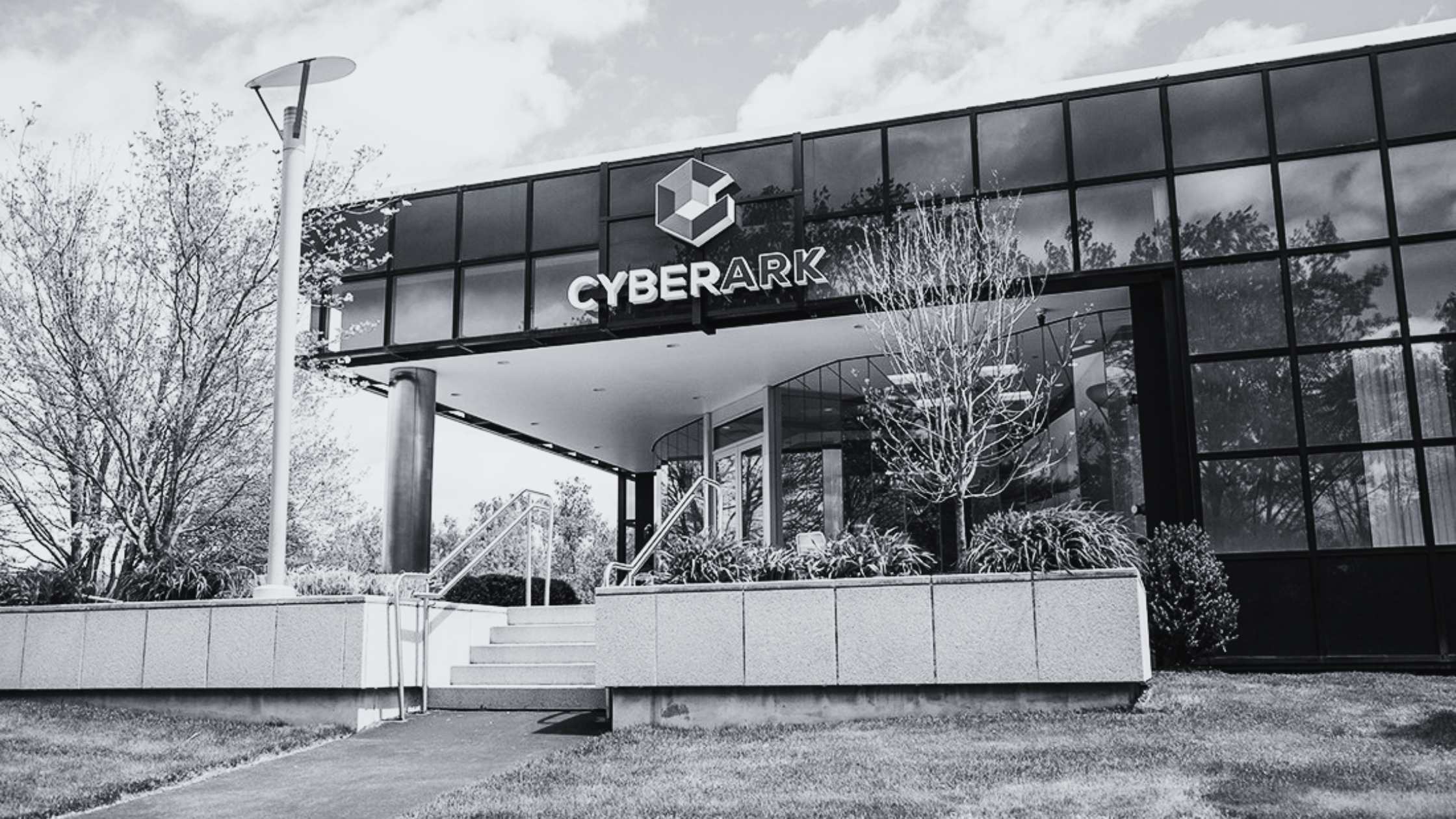Zero Trust Security challenges conventional security models, emphasizing the necessity to authenticate every user, device, and application, irrespective of their location within or outside the network perimeter.
Understanding Zero Trust Security
Zero Trust Security is not merely a security framework; it’s a mindset that seeks to eliminate implicit trust assumptions within a network. In contrast to the traditional castle-and-moat model, where everything inside the network is presumed safe and everything outside is viewed as a potential threat, Zero Trust assumes that no entity, regardless of origin, is trustworthy by default.
Key Principles of Zero Trust Security
- Micro-Segmentation:
Zero Trust advocates for micro-segmentation, where the network is divided into small, isolated segments. Each segment operates independently and necessitates authentication for communication. This granular approach minimizes lateral movement in case of a breach. - Least Privilege Access:
The principle of least privilege ensures that users and devices only have access to resources necessary for their specific tasks. This significantly reduces the attack surface and limits the potential impact of a security breach. - Continuous Authentication:
Unlike traditional security models relying on one-time authentication, Zero Trust mandates continuous authentication. Users and devices undergo authentication at regular intervals, ensuring access is granted only when needed. - Dynamic Policy Enforcement:
Zero Trust emphasizes dynamic policy enforcement based on real-time analysis of user behavior, device health, and contextual information. Policies adjust dynamically to respond to changes in the network environment.
Zero Trust Security in Action: DevOps and DevSecOps
Implementing Zero Trust Security for DevOps and DevSecOps teams involves seamlessly integrating security measures into the development and deployment pipeline. This ensures that security is not an afterthought but an integral part of the development lifecycle. The tight coupling of continuous integration and continuous deployment (CI/CD) processes with security checks fosters a proactive security culture.
Securing Applications with Zero Trust
Application developers play a crucial role in the Zero Trust ecosystem. Adopting secure coding practices and integrating robust authentication mechanisms ensures developers contribute to the overall security posture of the application. Zero Trust encourages the use of encryption, multi-factor authentication (MFA), and other advanced security measures to protect applications from potential threats.
Zero Trust for IT Engineers and Networking Architects
IT engineers and networking architects are tasked with implementing the technical infrastructure supporting Zero Trust Security. This involves deploying technologies such as Software-Defined Networking (SDN), Zero Trust Network Access (ZTNA), and Identity and Access Management (IAM) solutions. These technologies enable the creation of a dynamic and adaptive security framework aligning with Zero Trust principles.
Zero Trust model interplay with new key technologies:
The Role of Software-Defined Networking (SDN) in Zero Trust
In the Zero Trust model, traditional network boundaries are redefined, and SDN plays a pivotal role in achieving this. SDN allows for centralized control of network resources, making it easier to enforce security policies across the entire network. By decoupling the control and data planes, SDN enables dynamic policy adjustments and facilitates the creation of isolated network segments, contributing to the overall resilience of the infrastructure.
Zero Trust Network Access (ZTNA): A Key Component
ZTNA, a crucial component of the Zero Trust architecture, focuses on providing secure access to applications and resources, irrespective of the user’s location. It replaces the traditional VPN approach with a more granular and context-aware access control mechanism. ZTNA ensures that users and devices are authenticated and authorized before accessing specific applications, adding an additional layer of security to the overall infrastructure.
Identity and Access Management (IAM) in Zero Trust
IAM solutions are integral to implementing the principle of least privilege in Zero Trust Security. These solutions manage user identities, define access permissions, and ensure that users only have access to the resources essential for their roles. IAM, when integrated into the Zero Trust framework, contributes to the establishment of a robust access control mechanism, aligning with the overarching security goals.
Challenges and Considerations in Zero Trust Implementation
While the benefits of Zero Trust Security are compelling, its implementation comes with challenges. Organizations must navigate through complexities such as cultural resistance to change, legacy systems, and the need for continuous monitoring and analysis. Overcoming these challenges requires a strategic approach, collaboration among various stakeholders, and a commitment to building a security-centric organizational culture.
Future Trends in Zero Trust Security
As technology continues to evolve, Zero Trust Security is poised to adapt and incorporate emerging trends. The integration of artificial intelligence (AI) and machine learning (ML) in security analytics is expected to enhance the ability to detect and respond to threats in real-time. Additionally, the concept of “Zero Trust Edge” is gaining prominence, extending the Zero Trust model to edge computing environments.
In the era of ever-evolving cyber threats, Zero Trust Security stands as a beacon of innovation and resilience. By challenging traditional security paradigms and promoting a continuous and adaptive approach, Zero Trust empowers organizations to fortify their defenses against emerging threats. For ITOps, DevOps, DevSecOps, app developers, IT engineers, and networking architects, embracing Zero Trust is not just a choice; it’s a strategic imperative in the quest for a secure and resilient digital future.
Stay tuned to techfuturist.tech for more insights into the cutting-edge technologies shaping the future of cybersecurity. Embrace the Zero Trust mindset, and let’s navigate the future of security together.
- Network Configuration Best Practices: Strategies for Optimal Setup
- Network Configuration Methods: A Breakdown of Popular Techniques
- Benefits of Network Configuration: Why Proper Configuration Matters
- Network Configuration: A Comprehensive Guide to Setting Up Your Network
- Firewall FAQs: Answering Your Burning Questions About Firewalls





3 thoughts on “Navigating the Future: A Comprehensive Guide to Zero Trust Security in the Tech Landscape”